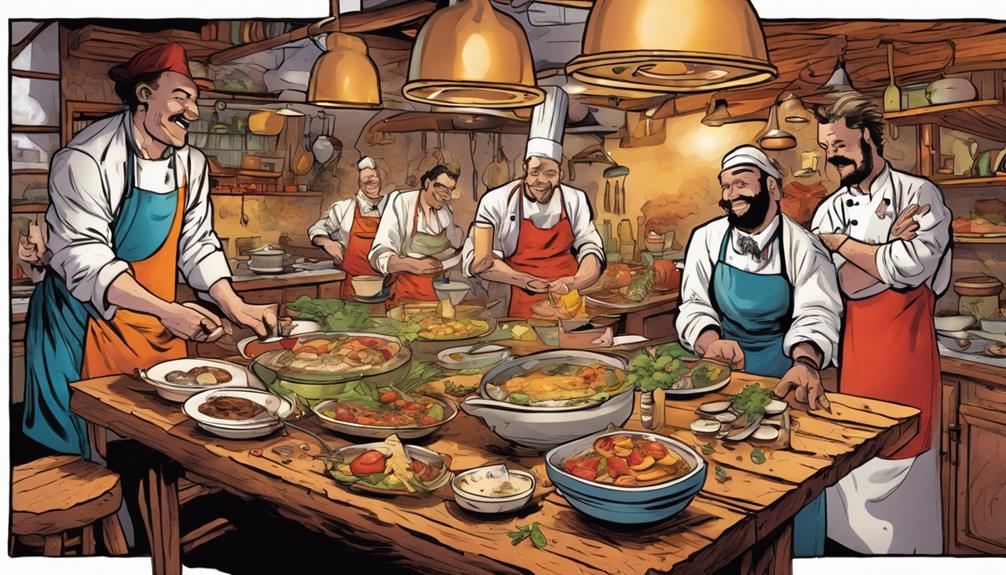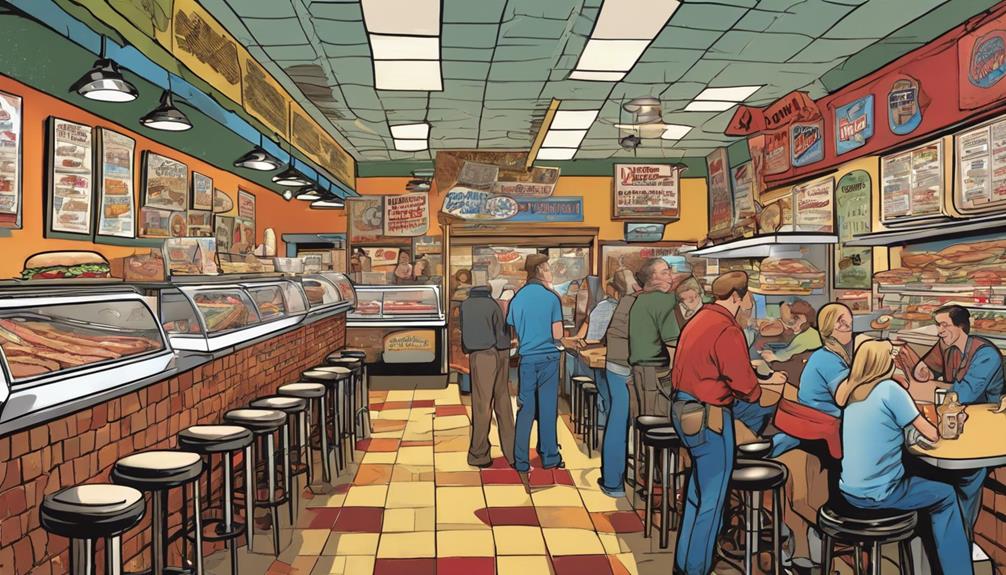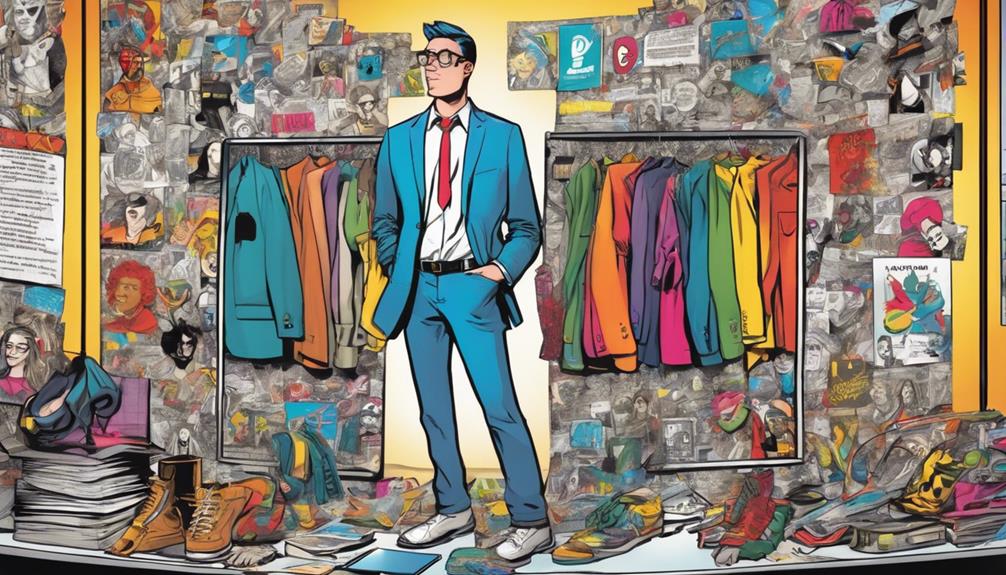CookUnity's Marietti connects you directly with chefs, transforming your dining experience. By bridging the gap between culinary creators and diners, it offers a unique range of meals crafted with quality ingredients. You'll find an array of cuisines that cater to your diverse tastes and dietary needs. This model not only empowers chefs to express their creativity but also enhances your access to exciting and sustainable meal options. As you explore this vibrant community, you'll discover more about how this culinary innovation is shaping the future of dining right from your home. Additionally, CookUnity’s Marietti is paving the way for a new era of culinary convenience and conscious eating. With options ranging from vegan and gluten-free to decadent indulgences, you can indulge in your cravings while supporting sustainable practices. This culinary innovation is not merely a meal delivery service; it’s a part of the ice cream revolution, revolutionizing the way we think about and enjoy food.
Key Takeaways
- CookUnity connects chefs directly with consumers, enhancing meal access and fostering a vibrant culinary community.
- Marietti empowers chefs by reducing operational challenges, allowing them to focus on creativity and quality in their meal offerings.
- The platform offers diverse culinary experiences, satisfying consumer demand for variety and personalized meal selections.
- CookUnity's emphasis on sustainability promotes the use of locally sourced ingredients, enhancing both meal quality and community engagement.
Innovative Business Model
CookUnity's innovative business model connects you directly with talented chefs, transforming the way you experience and access diverse meals. Instead of relying on traditional restaurants, you can order directly from professional chefs who prepare high-quality, flavorful dishes.
With commissary kitchens, multiple brands thrive under one roof, making it easier for you to explore various culinary options. This scalable model offers chefs the necessary kitchen space, ingredients, and services to reach thousands of customers instead of just a handful.
You benefit from a wide selection of meals that emphasize quality, health, and sustainability. As consumer demand for meal delivery grows, CookUnity stands out by prioritizing convenience and diverse offerings, ensuring you always have something exciting to enjoy at home.
Chef Empowerment
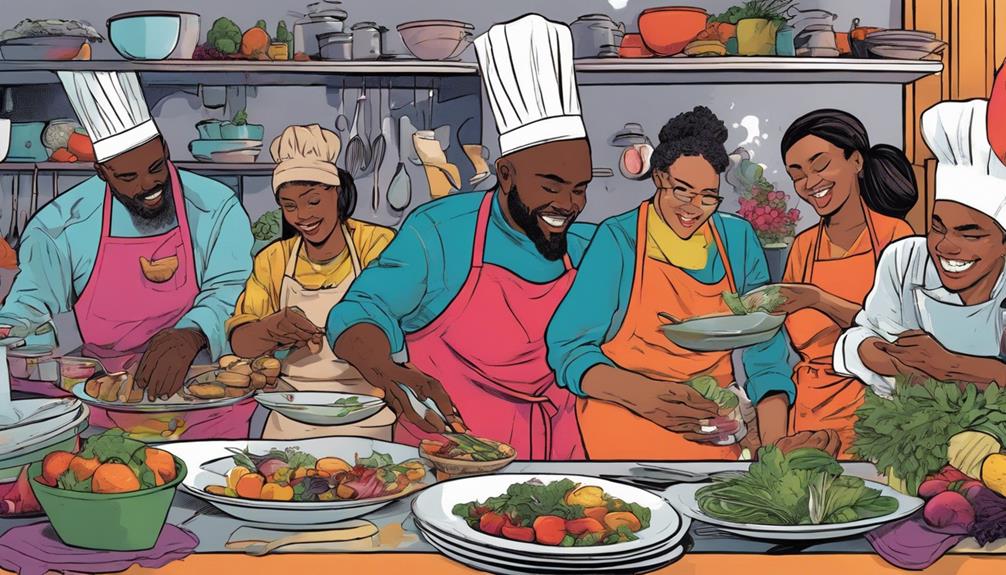
By empowering chefs to expand their reach beyond traditional restaurant walls, CookUnity transforms the culinary landscape and enhances your dining experience.
You benefit from a platform that allows chefs to focus on creativity and recipe innovation without the constraints of running a restaurant.
With access to a pre-existing customer base, these chefs can earn significant incomes, with some making over $2 million per year.
This model reduces operational headaches, enabling chefs to devote their energy to crafting exceptional meals.
As a diner, you get to enjoy a diverse range of culinary offerings that reflect the chefs' passions and creativity.
In this way, CookUnity not only supports chefs economically but also enriches your choices at the dinner table.
Consumer Demand for Variety
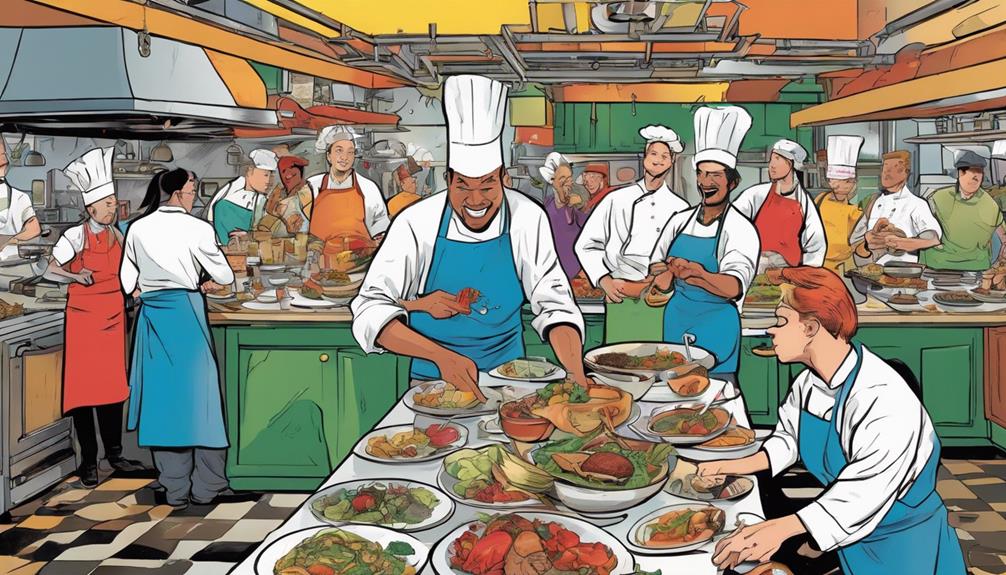
You crave diverse food options, and CookUnity meets that demand by connecting you with a variety of talented chefs. This platform allows you to explore new culinary experiences, ensuring your meals never get boring.
Here are three exciting benefits of CookUnity's offerings:
- Wide Range of Cuisines: You can enjoy dishes from different cultures, all crafted by skilled chefs.
- Personalized Choices: Tailor your meal selection based on your dietary preferences and cravings.
- Fresh Ingredients: Each meal is prepared with quality ingredients, making it not just tasty but also healthy.
With CookUnity, you're not just ordering food; you're starting a flavorful journey that satisfies your desire for variety and innovation.
Pandemic Impact on Food Services
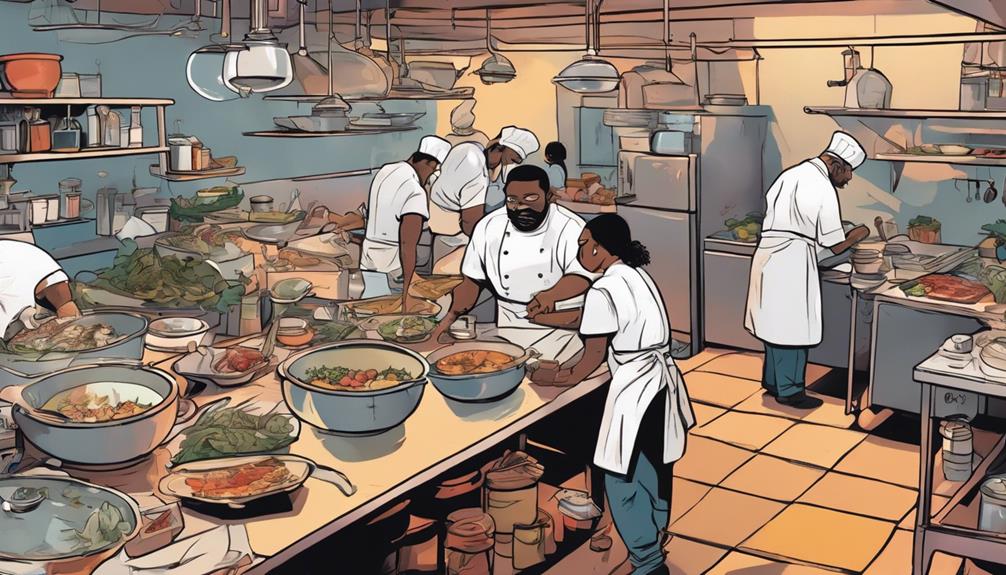
The pandemic shook up the food service industry, pushing many consumers to embrace home dining options like never before. With restaurants closed or limited, you turned to meal delivery services, seeking convenience and variety.
CookUnity saw significant growth during this time, as you craved not just comfort but also quality meals prepared by talented chefs. This shift in your dining habits is likely here to stay, as more people opt for online meal ordering.
Mateo Marietti believes we'll see a normalization of direct chef-to-consumer services in the future. Just like other sharing economy platforms, the pandemic accelerated changes in how you access food, making it easier to enjoy chef-driven meals from the comfort of your home.
Culinary Innovation

As home dining options continue to evolve, culinary innovation thrives on platforms like CookUnity, where chefs release their creativity and offer diverse meal experiences directly to consumers. This model not only empowers chefs but also invites you to explore unique flavors and cuisines from the comfort of your home.
Here are three key benefits of this approach:
- Diverse Options: You can enjoy meals from various culinary traditions, broadening your dining experience.
- Chef Collaboration: Chefs team up, sharing ideas and techniques, which leads to inventive dishes that excite your palate.
- Sustainability Focus: Many chefs prioritize local ingredients, ensuring that your meals aren't just delicious but also environmentally friendly.
With CookUnity, you're part of a culinary revolution that celebrates creativity and connection.
Future Trends in Meal Delivery

Embracing new technologies and evolving consumer preferences, meal delivery services are set to transform dining experiences in unprecedented ways.
You'll notice a surge in personalized meal options, catering to individual tastes and dietary needs. As consumers crave diversity, platforms like CookUnity are expanding their offerings, allowing you to explore a wide range of culinary delights from various chefs.
Sustainability will become a key focus, with more services prioritizing locally sourced ingredients and eco-friendly packaging.
Additionally, advancements in delivery logistics will guarantee fresher meals reach your doorstep faster than ever.
With these trends, the meal delivery landscape is shifting toward a more connected, innovative, and customer-centric model, enhancing how you enjoy food right at home.
Reconnecting Chefs and Consumers

CookUnity is revolutionizing the culinary landscape by directly connecting chefs with consumers, fostering a vibrant community around diverse meal options. This platform not only enhances the dining experience but also empowers chefs like never before. Here's how it's making a difference:
- Diverse Choices: You can explore a wide array of cuisines from talented chefs, bringing global flavors to your table.
- Chef Empowerment: Chefs gain creative freedom and financial support, allowing them to focus on what they love most—cooking.
- Sustainable Practices: By reconnecting chefs with local farmers, CookUnity promotes fresh ingredients and eco-friendly practices.
With CookUnity, you're not just ordering food; you're engaging in a culinary movement that values quality, creativity, and community.
Conclusion
In a world where dining options often feel stagnant, CookUnity's innovative approach revitalizes the culinary landscape.
By empowering chefs and meeting your desire for diverse meals, it transforms how you experience food delivery.
As consumer preferences evolve, this platform not only nurtures creativity but also reconnects you with the artistry of cooking, reminiscent of a grand banquet.
With CookUnity leading the charge, the future of meal delivery promises to be as dynamic and flavorful as the chefs behind it.
